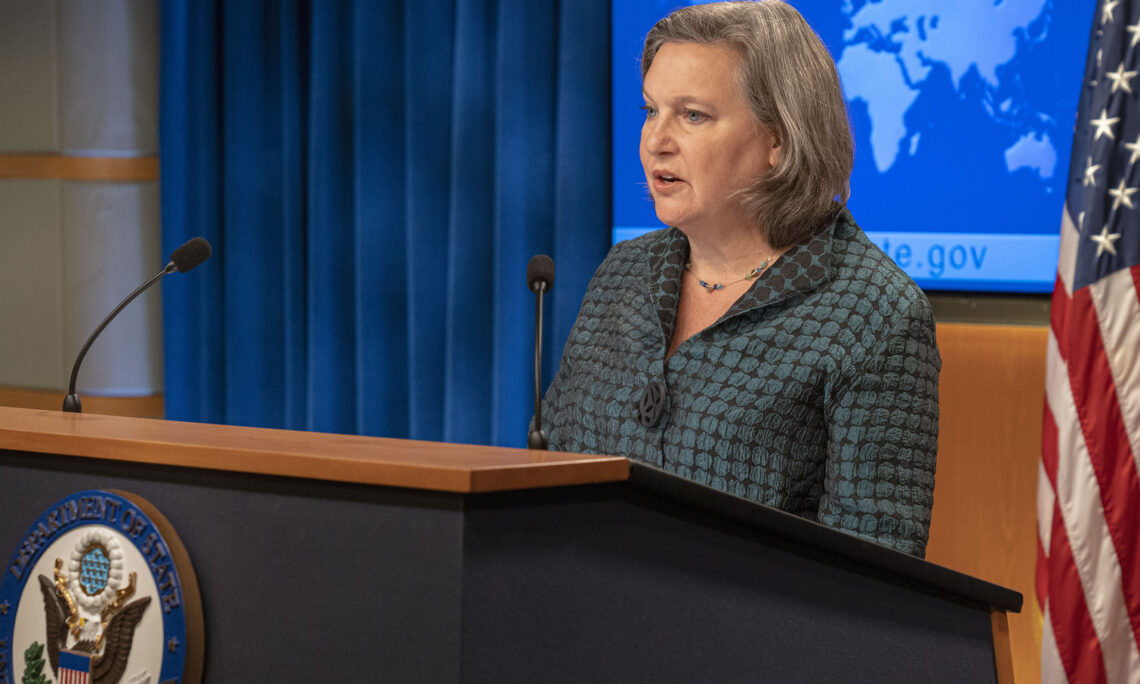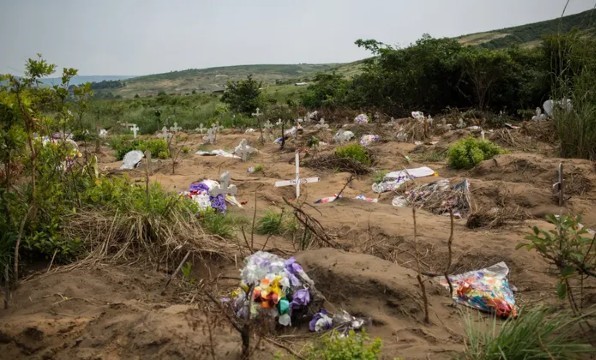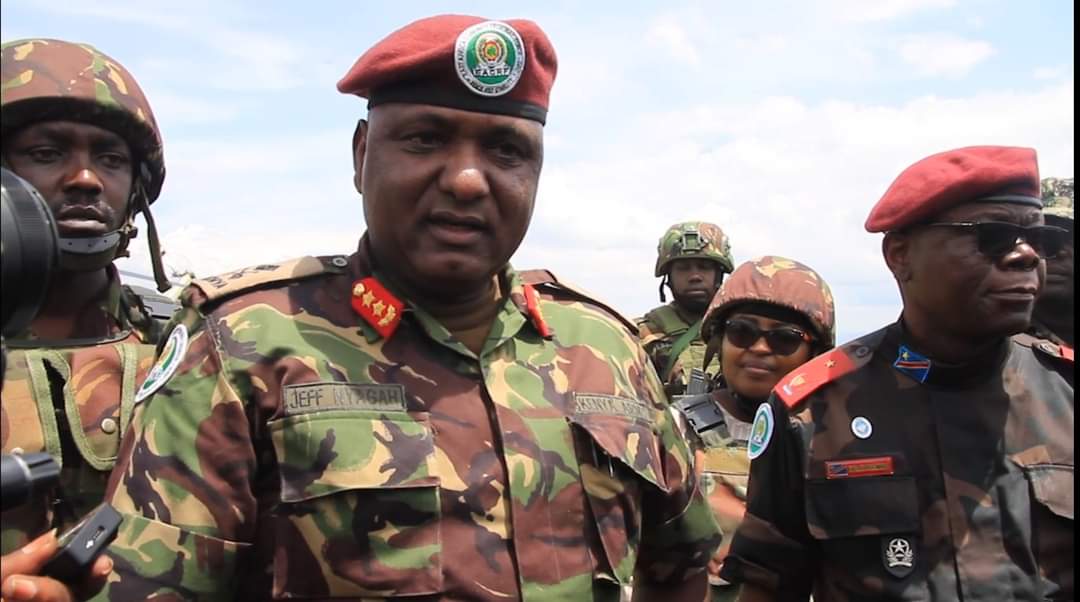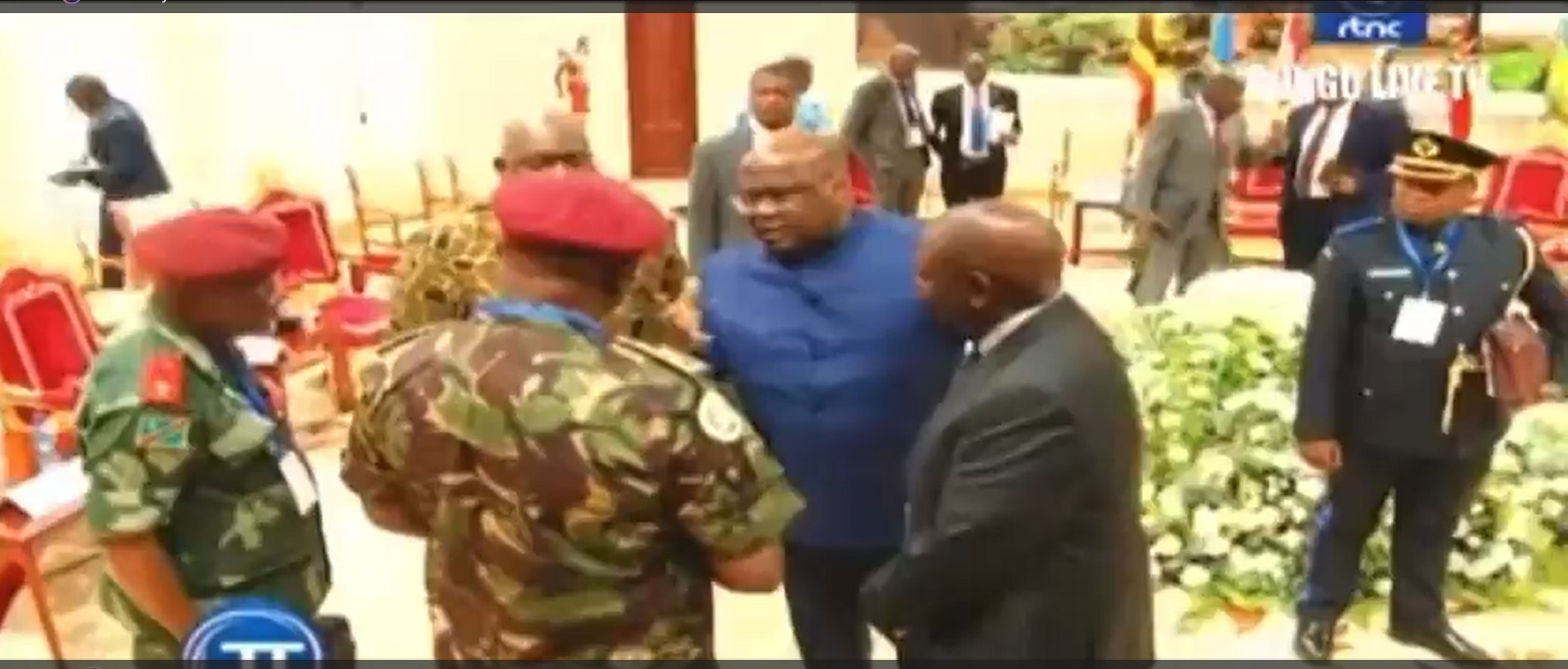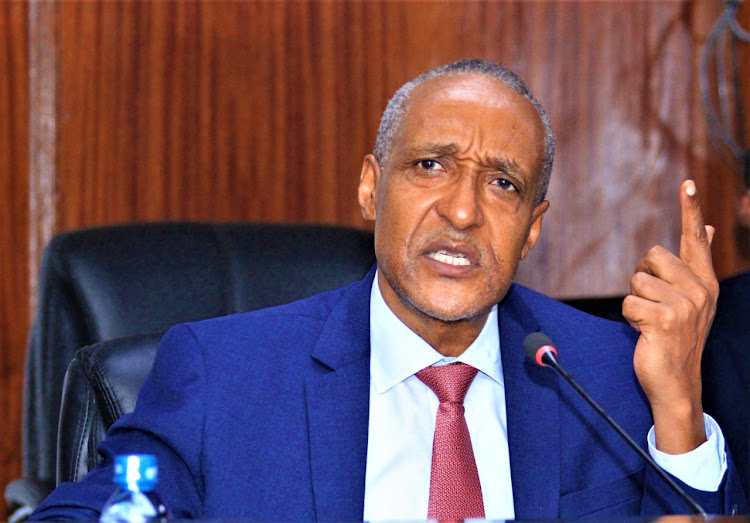Regional
Shifting allegiance? Burundi’s actions in eastern DRC look to undermine regional peace efforts
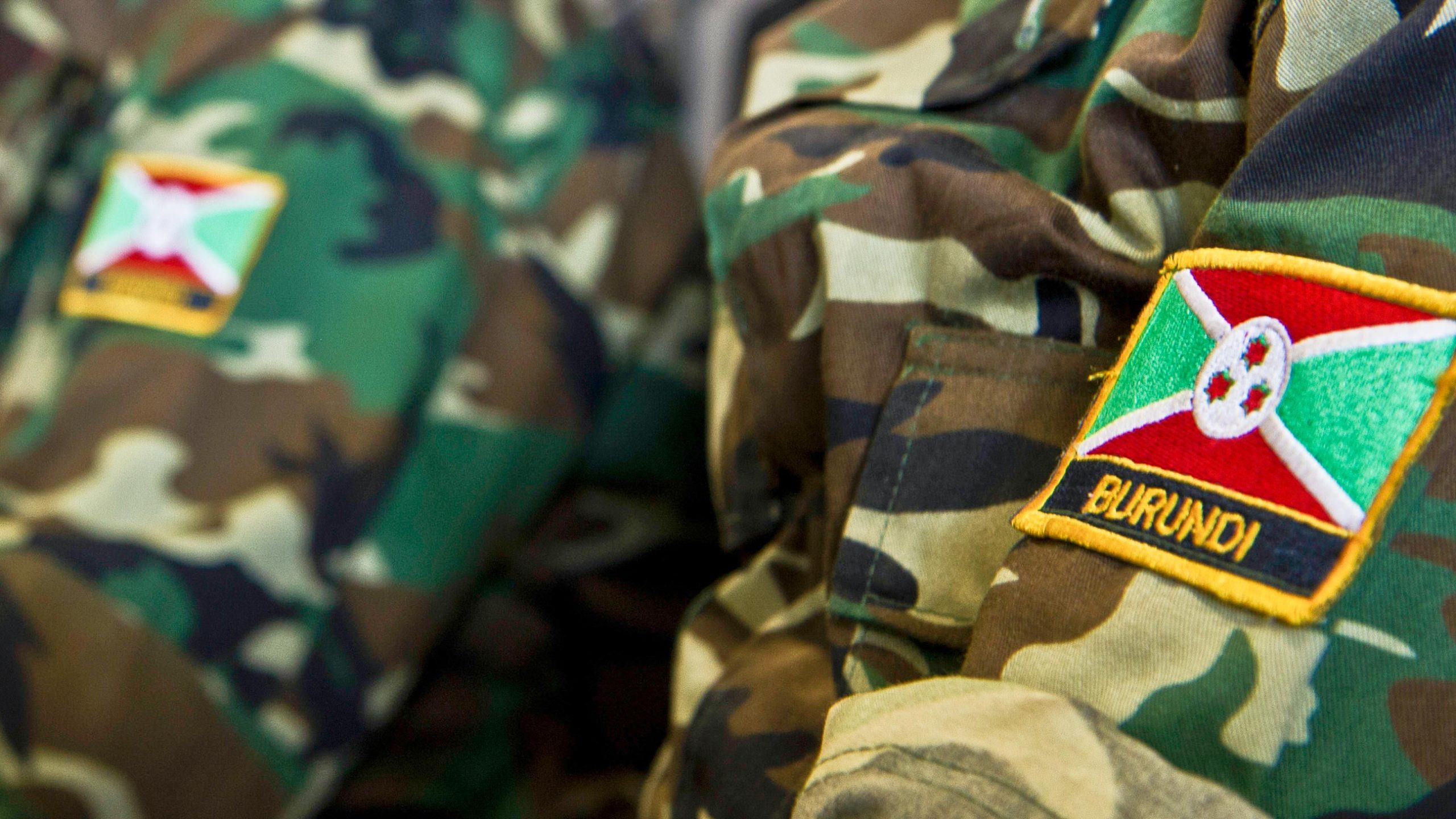
Burundi has deployed over 1,000 troops to North Kivu and South Kivu provinces outside the framework of the East African Community, to support the Congolese army in its attacks against M23 rebels.
On
October 6, Congolese soldiers, local militia and Wazalendo, were seen entering
Kitchanga, a town in the Rutshuru Territory of North Kivu Province in eastern
DRC, armed to the teeth with guns and other traditional weapons.
Videos
circulating in the media showed ‘a triumphant entry’ of the militia groups and Congolese troops, who are ready to fight the M23 rebels, in violation of a
ceasefire earlier established by the Nairobi and Luanda peace initiatives.
Kitchanga,
like many other areas, in eastern DRC, has been in control of the East African
Community Regional Force (EACRF). A Burundi contingent of the EAC Regional
Force is deployed to the area.
During
their 22nd Ordinary Meeting held on July 22, 2022 in Arusha, Tanzania, the
Summit of East African Community (EAC) Heads of State directed to expeditiously
deploy a joint regional force in eastern DRC to restore peace and
security.
The
first troops, a Kenyan contingent, under the regional force landed in Goma, in
November 2022.
They
were joined, a few months later, by contingents from Burundi, Uganda and South
Sudan.
The
EAC Regional Force’s mandate and mission was simple; to create a buffer zone to
prevent confrontations between the government forces (FARDC) and M23 rebels,
take over areas the rebels withdrew from, prepare and observe the
pre-cantonment process, all the while protecting civilians from armed groups.
In
May, the EAC noted that EACRF has made tremendous progress in its efforts to
restore peace and stability in eastern DRC as envisaged by the Summit of EAC
Heads of State.
“In
line with Decisions of the Summit, the EACRF has continued to ensure observance
of ceasefire and in addition overseeing the withdrawal of armed groups who have
handed over to the EACRF most of the areas that were under their control. These
areas include Karuba, Mushaki, Kiloriwe, Kitchange, Mweso, Kishishe, Bambo,
Mnagana, Tchengerero, Kiwanja and Kinyandoni. These areas have since been under
the control of various EACRF contingents which will now enable residents to
return to their homes and businesses,” stated an EAC statement in May.
“The
EAC is proud of the work that has so far been accomplished by the EACRF towards
restoration of Peace and Security in the eastern DRC.”
Five
months later, however, the situation in eastern DRC is worrying.
Despite
the EAC stressing that it is “fully committed to ensure restoration of peace
and security in eastern DRC and any other part of the region,” the Burundian
contingent has failed to adhere to the regional bloc’s mandate and has failed
the Congolese civilians they were expected to protect.
Upon
landing in Goma in March, the Burundi National Defence Force (FDNB) were
immediately deployed to take control of Kitchanga and Sake areas from the M23
rebels, who had voluntary withdrawn from the areas.
However,
since October 1, fighting between FARDC, their allies comprising of genocidal
FDLR, Wazalendo and other militias, against the M23 erupted. The rebels were
attacked at Kilolirwe, Nturo, Gicwa, and some other areas in Masisi Territory.
In addition to the fighting, houses of Congolese Tutsi communities were set on
fire in the town of Nturo. The government coalition killed a number of unarmed
civilians and looted their property.
All
the fighting and atrocities happened in the areas under the control of the
Burundian contingent.
The
Burundian government also deployed more than 1,000 other troops to North Kivu
and South Kivu provinces outside the framework of the EAC, to support the
Congolese army.
Sources
from Gitega and Kinshasa confirmed that this bilateral military agreement will
see Burundian soldiers fighting alongside the FARDC, wearing the latter’s
uniform.
The
Burundian troops under this bilateral arrangement receive instructions directly
from Kinshasa. Their mission is directed by Congolese President Felix
Tshisekedi. They will not be constrained by any regional protocols and
regulations.
Amid
the crisis the Burundian army released a statement, on October 6, claiming that
their soldiers under EACRF operate professionally.
“Wherever
Burundian soldiers are deployed in eastern DRC, they are highly appreciated by
the populations they protect against any threat, including the theft of their
property by armed groups,” read part of the statement.
But
for the Congolese civilians co-habitating with the Burundian soldiers, many
questions remain unanswered. How can they claim to be acting professionally
when the Congolese Tutsi are being killed in their presence? How do they
explain the pillaging of cows, burning of houses of these people? Why have they
ceded the areas under their control to FARDC and its militia allies?
What’s
now clear is that Burundi’s actions encouraged the FARDC's belligerence to
violate the ceasefire in place since February. If nothing changes, for
the better, Burundi’s stance in eastern DRC threatens to make a bad situation
worse by minimizing the progress already made.
Observers
of the peace process in the DRC had already painted a complex picture of the
conflict, with parties routinely shifting bases or allegiance depending on
interests.
The
situation is very complicated, with very many forces and interests at play.
But
it gets even worse, with some countries in the region and the larger
international community paying lip service to peace, and actually ending up
complicating matters, which undermines the regional processes.


.jpeg-20231006021513000000.jpeg)
